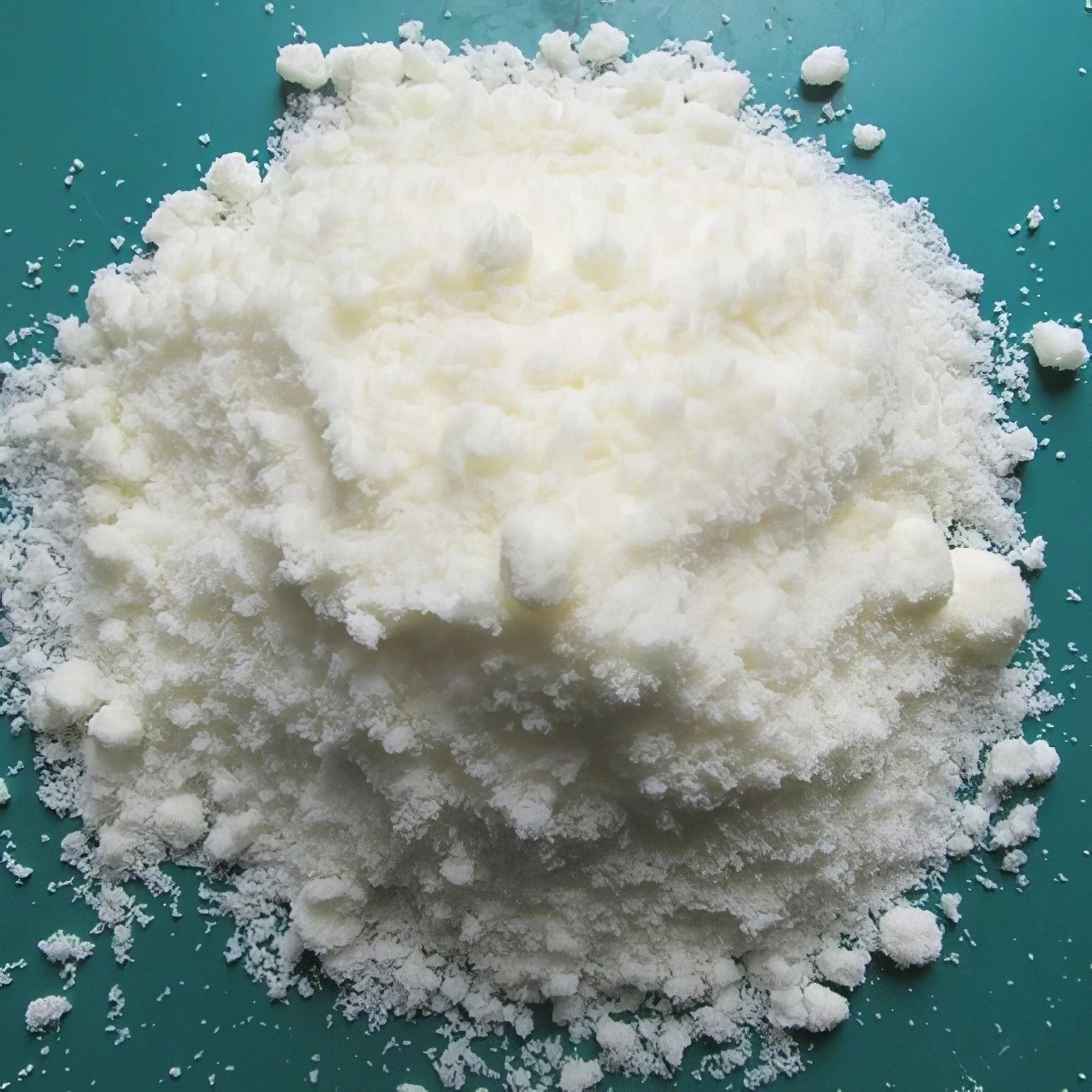



Two Water Disinfection Chemicals and Their Effectiveness in Purifying Drinking Water
Two Chemicals Used to Disinfect Water
Water is an essential resource for life, and ensuring its safety and cleanliness is paramount for public health. Contaminated water can lead to various diseases, making water disinfection a critical part of water treatment processes. Among the many chemicals used for disinfection, chlorine and ozone stand out as two of the most effective and commonly employed methods. This article will explore their properties, applications, advantages, and disadvantages in water disinfection.
Chlorine
Chlorine has been used for over a century as a disinfectant in various water treatment plants. As a powerful oxidizing agent, chlorine is effective at killing bacteria, viruses, and other pathogens present in water. Typically, chlorine is introduced into water in the form of chlorine gas (Cl2), sodium hypochlorite (bleach), or calcium hypochlorite.
One of the primary advantages of chlorine is its residual effect. Once added to water, chlorine can remain active for several hours, continuing to disinfect as the water travels through pipes to homes and businesses. This means that any potential pathogens introduced after initial treatment can still be neutralized, lowering the risk of disease outbreaks.
However, the use of chlorine is not without drawbacks. One significant concern is the formation of disinfection by-products (DBPs). When chlorine reacts with organic matter in water, it can produce harmful compounds, such as trihalomethanes (THMs) and haloacetic acids (HAAs), which have been linked to health risks, including cancer. Furthermore, some microorganisms, such as certain protozoa, are resistant to chlorine, necessitating the use of additional disinfection methods.
Ozone
two chemicals used to disinfect water

Ozone (O3) is another powerful disinfectant used in water treatment. As a gas, ozone is generated on-site using electrical discharge or ultraviolet light from oxygen molecules. Ozone is a strong oxidant and can effectively inactivate bacteria, viruses, and protozoa much more rapidly than chlorine.
One of the key advantages of ozone is its effectiveness at lower concentrations and its ability to break down unwanted organic materials, improving water clarity and taste. Unlike chlorine, ozone leaves no residual taste or odor, which can be significant for consumer acceptance.
Despite its advantages, ozone also has some limitations. One primary issue is that ozone must be generated on-site and applied immediately, as it has a short half-life and decomposes quickly. This means it does not provide a residual disinfectant effect, thus requiring additional treatments or methods to ensure safe water throughout the distribution system. Moreover, ozone can react with certain organic compounds and form other harmful by-products, necessitating careful monitoring.
Conclusion
In summary, both chlorine and ozone play indispensable roles in water disinfection processes, each offering unique benefits and challenges. Chlorine is appreciated for its residual disinfectant properties and long history of use, while ozone is lauded for its rapid effectiveness and ability to improve water quality directly. The choice between these two chemicals often depends on specific needs, including water quality, regulatory requirements, and the potential health impacts on consumers.
As water safety remains a critical concern globally, continuous research and advancements in disinfection technologies are essential to ensure that both traditional and innovative methods meet the highest safety standards for public health. Ultimately, the goal is to provide clean, safe drinking water while minimizing health risks associated with both pathogens and disinfection by-products.
-
Why Strontium Carbonate Still MattersNewsJun.06,2025
-
Why BaSO4 MattersNewsJun.06,2025
-
Why Barium Carbonate Still MattersNewsJun.06,2025
-
Strontium Hydroxide: A Versatile Compound for Modern ApplicationsNewsJun.06,2025
-
Strontium Chloride in Daily IndustryNewsJun.06,2025
-
Pure Potassium Nitrate for SaleNewsJun.06,2025
-
What Is Sodium Bisulfate Used For?NewsMay.15,2025










